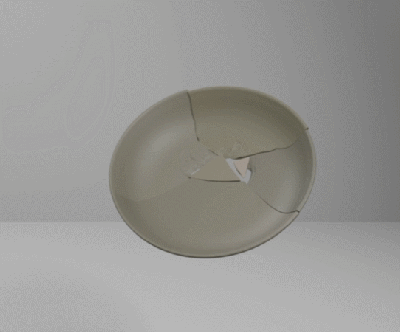These days you can run Doom anywhere on just about anything, with things like porting Doom to JavaScript these days about as interesting as writing Snake in BASIC on one’s graphical calculator. In a twist, [Patrick Trainer] had the idea to use SQL instead of JS to do the heavy lifting of the Doom game loop. Backed by the Web ASM version of the analytical DuckDB database software, a Doom-lite clone was coded that demonstrates the principle that anything in life can be captured in a spreadsheet or database application.
Rather than having the game world state implemented in JavaScript objects, or pixels drawn to a Canvas/WebGL surface, this implementation models the entire world state in the database. To render the player’s view, the SQL VIEW feature is used to perform raytracing (in SQL, of course). Any events are defined as SQL statements, including movement. Bullets hitting a wall or impacting an enemy result in the bullet and possibly the enemy getting DELETE-ed.
The role of JavaScript in this Doom clone is reduced to gluing the chunks of SQL together and handling sprite Z-buffer checks as well as keyboard input. The result is a glorious ASCII-based game of Doom which you can experience yourself with the DuckDB-Doom project on GitHub. While not very practical, it was absolutely educational, showing that not only is it fun to make domain specific languages do things they were never designed for, but you also get to learn a lot about it along the way.
Thanks to [Particlem] for the tip.


















